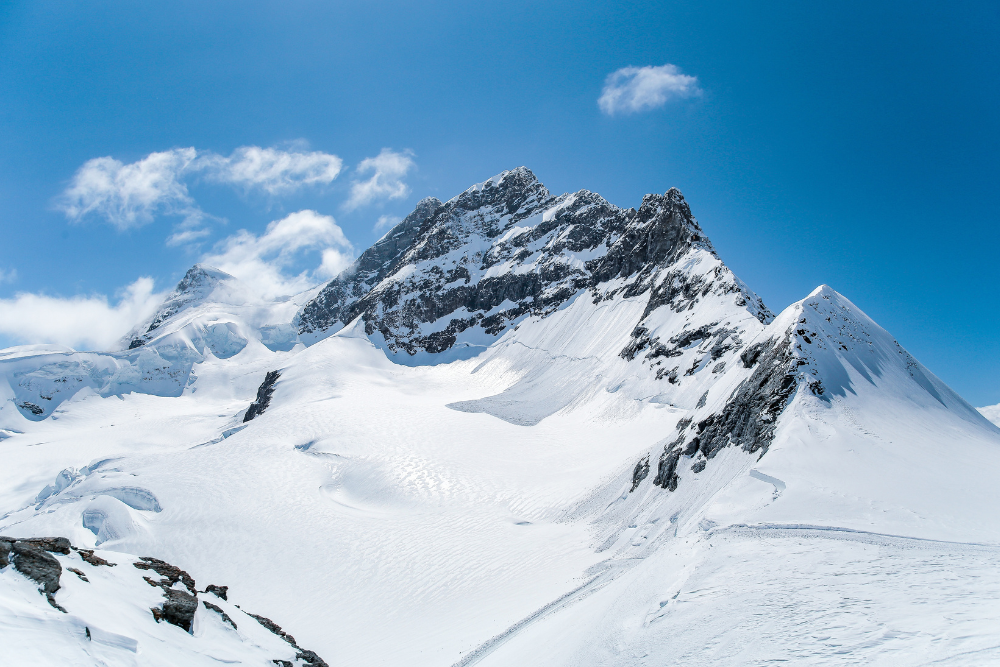Switzerland is a year-round destination, offering unique experiences in every season. Whether you’re looking to explore charming villages, hike through the Alps, or enjoy winter sports, each season has something special to offer. To help you decide the best time to visit Switzerland based on your preferences, here’s a breakdown of what each season brings:
1. Spring (March to May): A Time of Renewal and Blossoms

Best for: Nature lovers, mild weather, fewer crowds, hiking, and sightseeing.
Spring in Switzerland is a time of renewal, as the snow melts and the country’s flora starts to bloom. The weather can be unpredictable, with cool temperatures at the beginning of the season and gradually warming up as summer approaches. This is an excellent time to visit if you want to avoid the peak summer crowds but still enjoy the beauty of the Swiss countryside.
- Weather: Temperatures in spring range from 8°C (46°F) to 15°C (59°F), depending on the region. In the lowlands, you can expect mild, pleasant weather, while the mountains may still have snow, making spring an ideal time for skiing at higher altitudes.
- Highlights:
- Tulip season: Watch the fields of tulips bloom in places like Morges near Lake Geneva.
- Hiking: Explore lower-altitude trails like those in the Jura Mountains or the Lake Lucerne area, where wildflowers are in full bloom.
- Lake Geneva: The weather is perfect for strolling along the Lake Geneva promenade and enjoying the picturesque towns.
2. Summer (June to August): The Peak of Adventure and Beauty
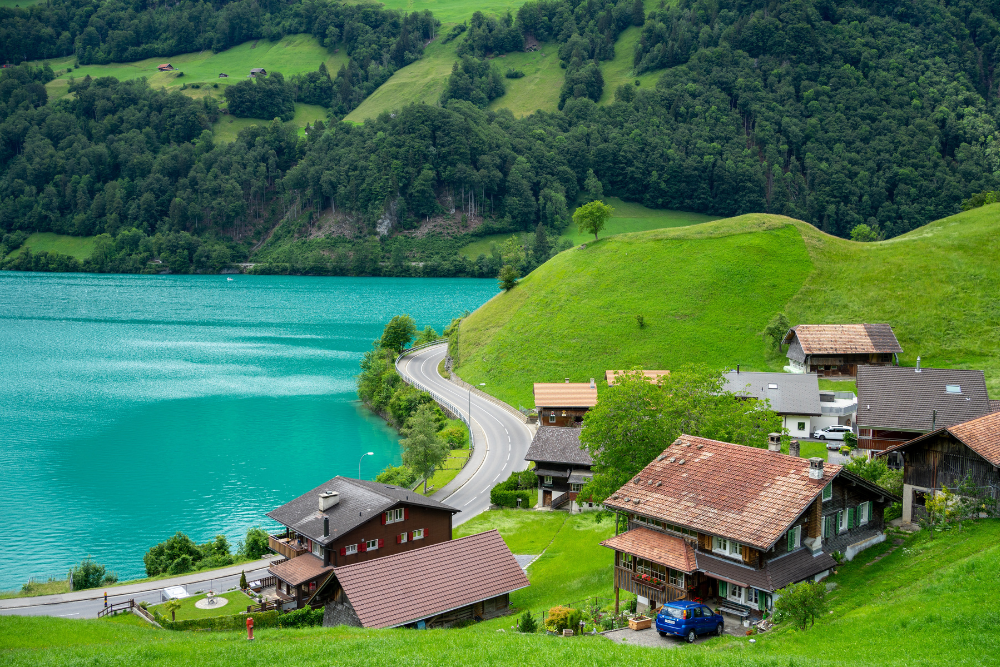
Best for: Outdoor activities, hiking, sightseeing, festivals, and exploring the Swiss lakes.
Summer is the most popular season to visit Switzerland. The weather is warm, the mountains are fully accessible, and the lakes offer opportunities for swimming, boating, and relaxation. Switzerland’s cities come to life with festivals and cultural events, making it a great time for those seeking both relaxation and adventure.
- Weather: Temperatures range from 18°C (64°F) to 28°C (82°F) in the lowlands, while higher-altitude regions may experience cooler temperatures. The summer months also provide the best weather for outdoor activities, such as hiking, biking, and sightseeing.
- Highlights:
- Alpine hiking: Hike through iconic regions like Zermatt and the Bernese Oberland, with trails that offer breathtaking views of the Swiss Alps.
- Swiss festivals: Attend major festivals like the Montreux Jazz Festival or Locarno Film Festival.
- Switzerland’s lakes: Swim in the crystal-clear waters of lakes like Lake Lucerne, Lake Geneva, and Lake Zurich.
- Cultural experiences: Explore cities like Zurich, Geneva, and Bern, where summer events and outdoor activities abound.
3. Autumn (September to November): The Season of Color and Tranquility
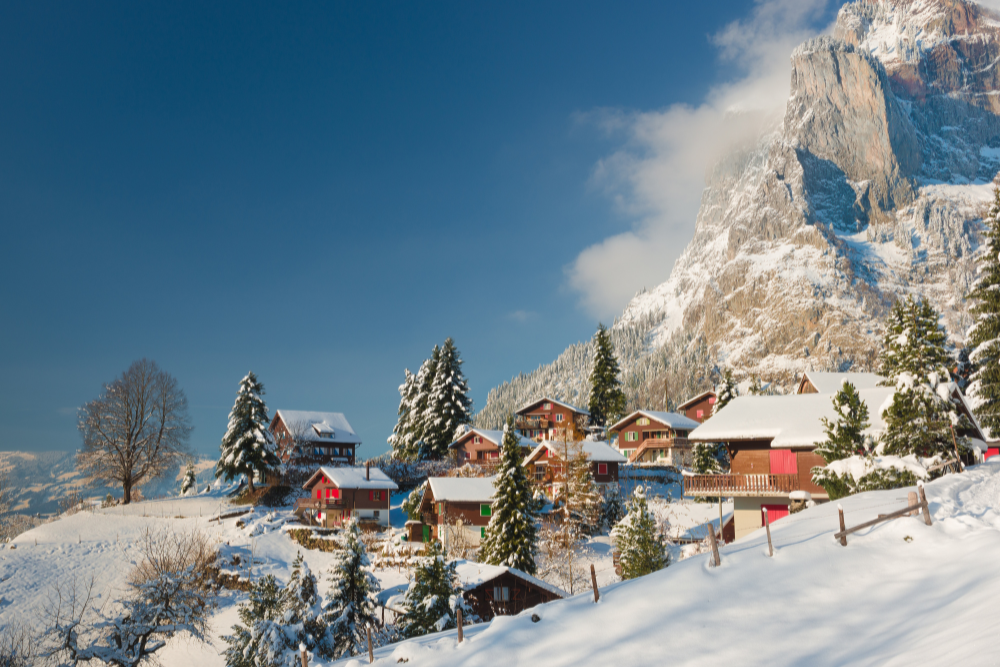
Best for: Scenic drives, fall foliage, wine lovers, and a quieter travel experience.
Autumn is one of the most magical times to visit Switzerland. The weather is still mild, and the fall foliage in the countryside and mountains transforms the landscape into a colorful wonderland. This season offers a peaceful ambiance, with fewer tourists than in summer, making it ideal for those who enjoy tranquility and beauty.
- Weather: Temperatures range from 12°C (54°F) to 22°C (72°F). It’s generally mild, though it can get cooler towards November, especially in the mountains, where the first signs of snow may appear.
- Highlights:
- Fall foliage: Experience the vibrant colors of the leaves, especially in regions like Engadine Valley and the Lake Geneva region.
- Wine harvest: Visit the Lavaux Vineyards for wine harvest festivals and tastings, where you can savor the region’s famous Chasselas wine.
- Scenic drives: Enjoy a peaceful road trip through the countryside or along Lake Geneva and Lake Lucerne, with fewer tourists and stunning autumn views.
4. Winter (December to February): A Winter Wonderland for Skiers and Snow Lovers
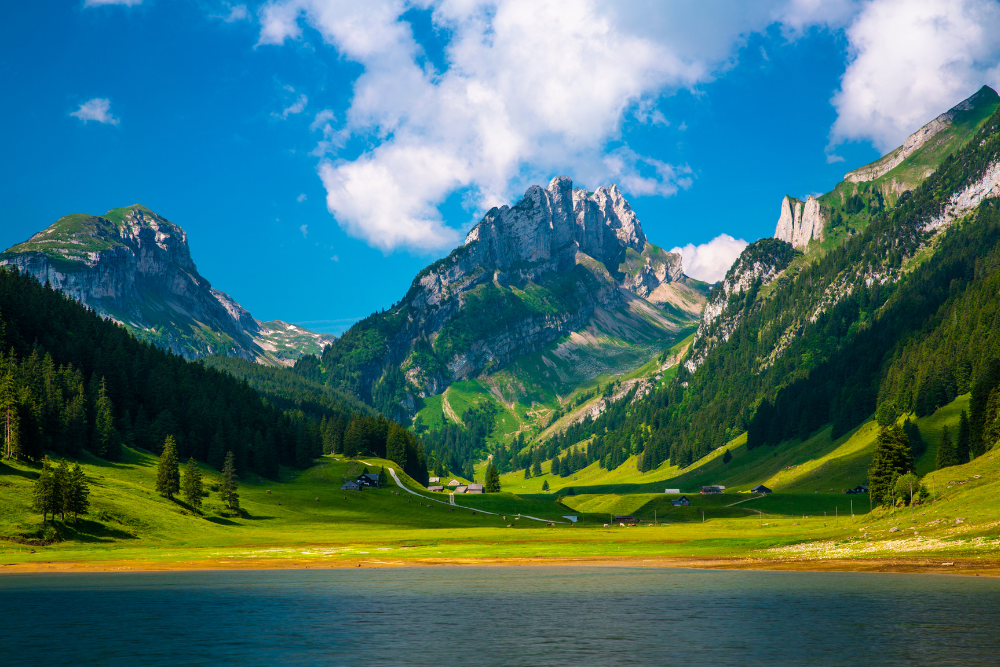
Best for: Skiing, winter sports, Christmas markets, and snowy landscapes.
Winter transforms Switzerland into a snowy wonderland, perfect for those who love skiing, snowboarding, and winter sports. The Swiss Alps offer some of the world’s best ski resorts, such as Zermatt, St. Moritz, and Verbier. Even if you’re not into winter sports, Switzerland’s charming villages, Christmas markets, and festive atmosphere make winter a magical time to visit.
- Weather: Winter temperatures vary significantly depending on the region. In the lowlands, temperatures can be around -1°C (30°F) to 5°C (41°F), while in the mountains, temperatures can drop to -10°C (14°F) or lower.
- Highlights:
- Skiing and snowboarding: Hit the slopes at famous ski resorts like Zermatt, St. Moritz, and Grindelwald.
- Winter hiking: Explore winter hiking trails, such as those around Lake Geneva or the Swiss National Park.
- Christmas markets: Switzerland’s Christmas markets in cities like Zurich, Basel, and Montreux are magical, with festive lights, hot mulled wine, and local crafts.
- Alpine spas: Relax in luxurious mountain spas, many of which offer incredible views and hot springs.
Final Thoughts: Best Time to Visit Based on Your Preferences
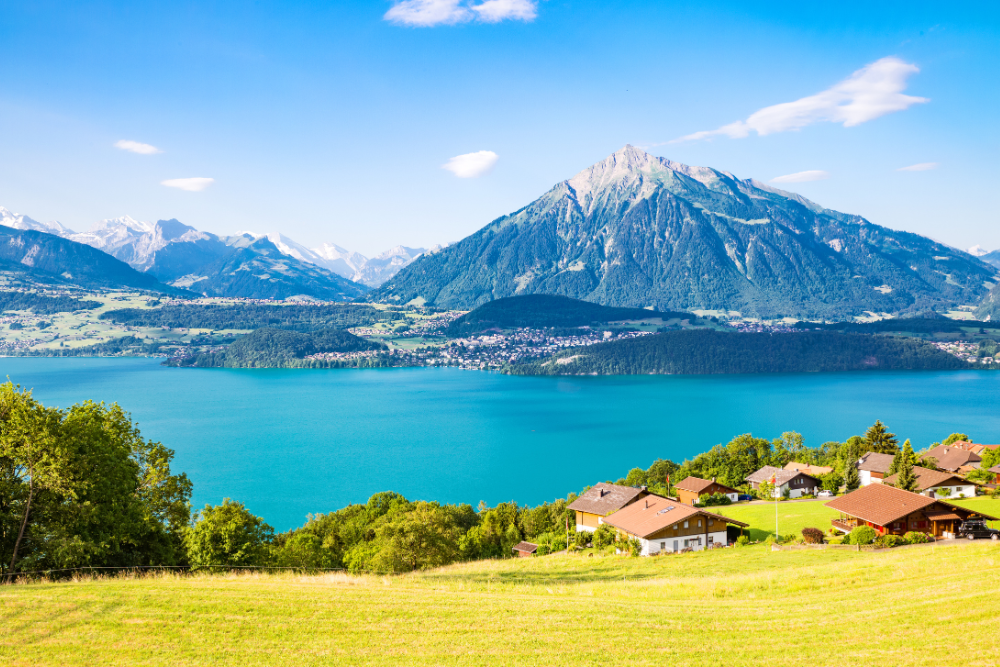
- For outdoor adventures and hiking: Summer (June to August) is the best time for hiking, trekking, and outdoor activities in Switzerland, with warm weather and accessible mountain trails.
- For skiing and winter sports: Winter (December to February) is ideal for snow sports, cozy mountain resorts, and experiencing Switzerland’s festive holiday season.
- For scenic beauty and tranquility: Autumn (September to November) is perfect for enjoying the fall foliage and peaceful landscapes, with fewer tourists and moderate weather.
- For a mix of sightseeing and mild weather: Spring (March to May) is great for exploring Swiss towns and lakes while enjoying the blooming flowers and cooler weather.
No matter which season you choose, Switzerland offers something spectacular year-round, whether you’re skiing in winter or hiking in the summer. Each season brings a unique experience, so your choice ultimately depends on your interests and the type of adventure you’re seeking.



